Commanders,
One of the biggest updates of 2022 is out! This includes many exciting features of Update 1.18—like the Outpost map. Let's dive deep into the Map Development with our Development team and find out what were the hidden considerations taken to make it fair, balanced, and most importantly, fun!
Come with us as we follow the new Outpost map from a concept to a finished product which is ready for you to explore in Random Battles!
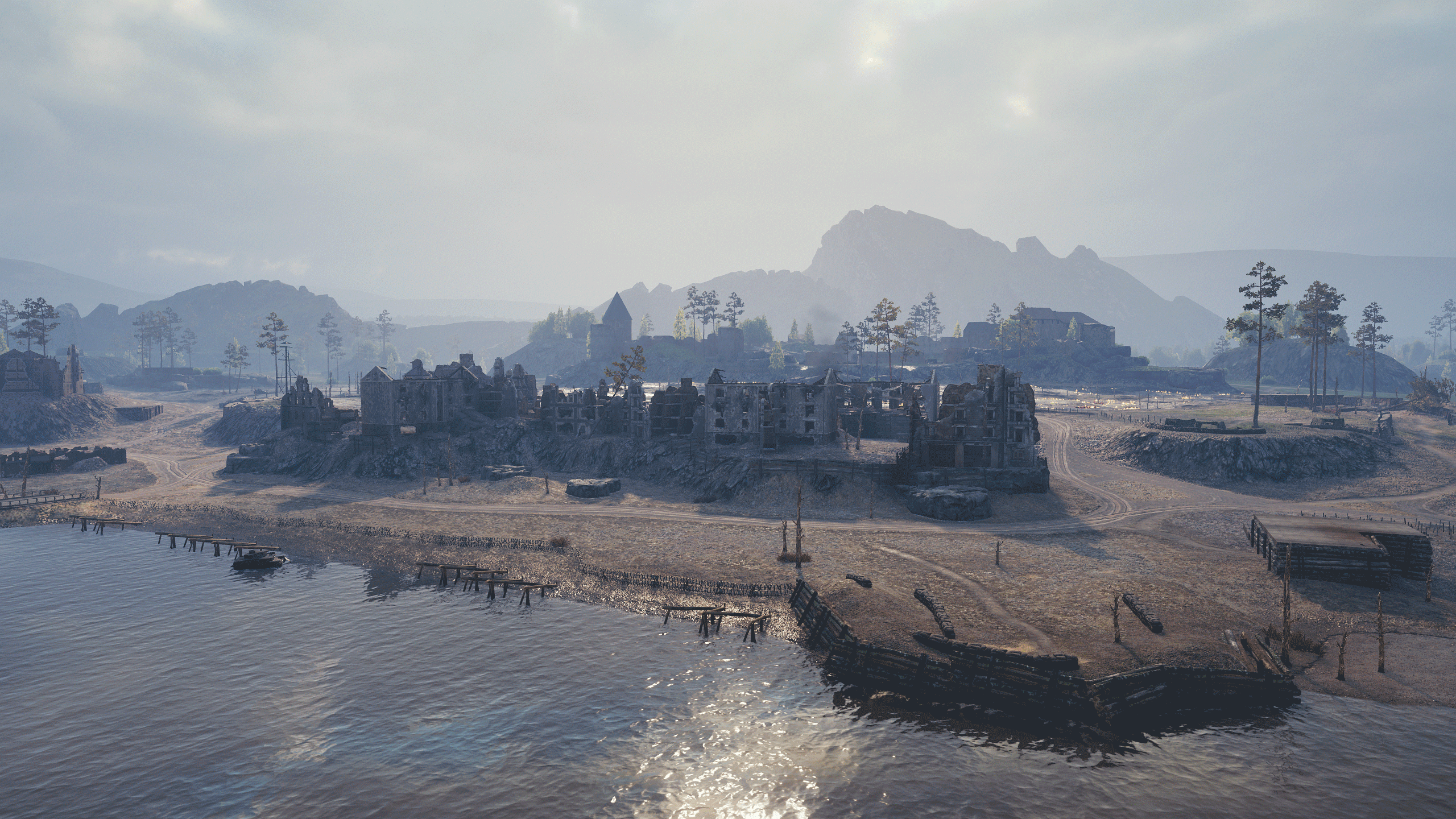
Q & A with our dev team!
Q: How was the theme for Outpost decided?
A: The map's theme was inspired by various sources. It's not historical. Rather, it's an assembly of several different elements. Our task was to bring something unique to the map that would distinguish it from other maps. Since it would be set in Europe, we decided to make the central ruins of the fortress a unique object by turning them into a castle with white walls and red tiles. The castle can be viewed from anywhere on the map.
We found several suitable references from the Moravia region and began a detailed development. The key object is that the castle was created from different references. Since we needed a unique shape that corresponds to the request of the gameplay, the theme is displayed as the castle is constantly being built and strengthened. You can find the ruins on the map. The walls of our castle are more modern and the residential part are erected from a newer stone.
The Castle
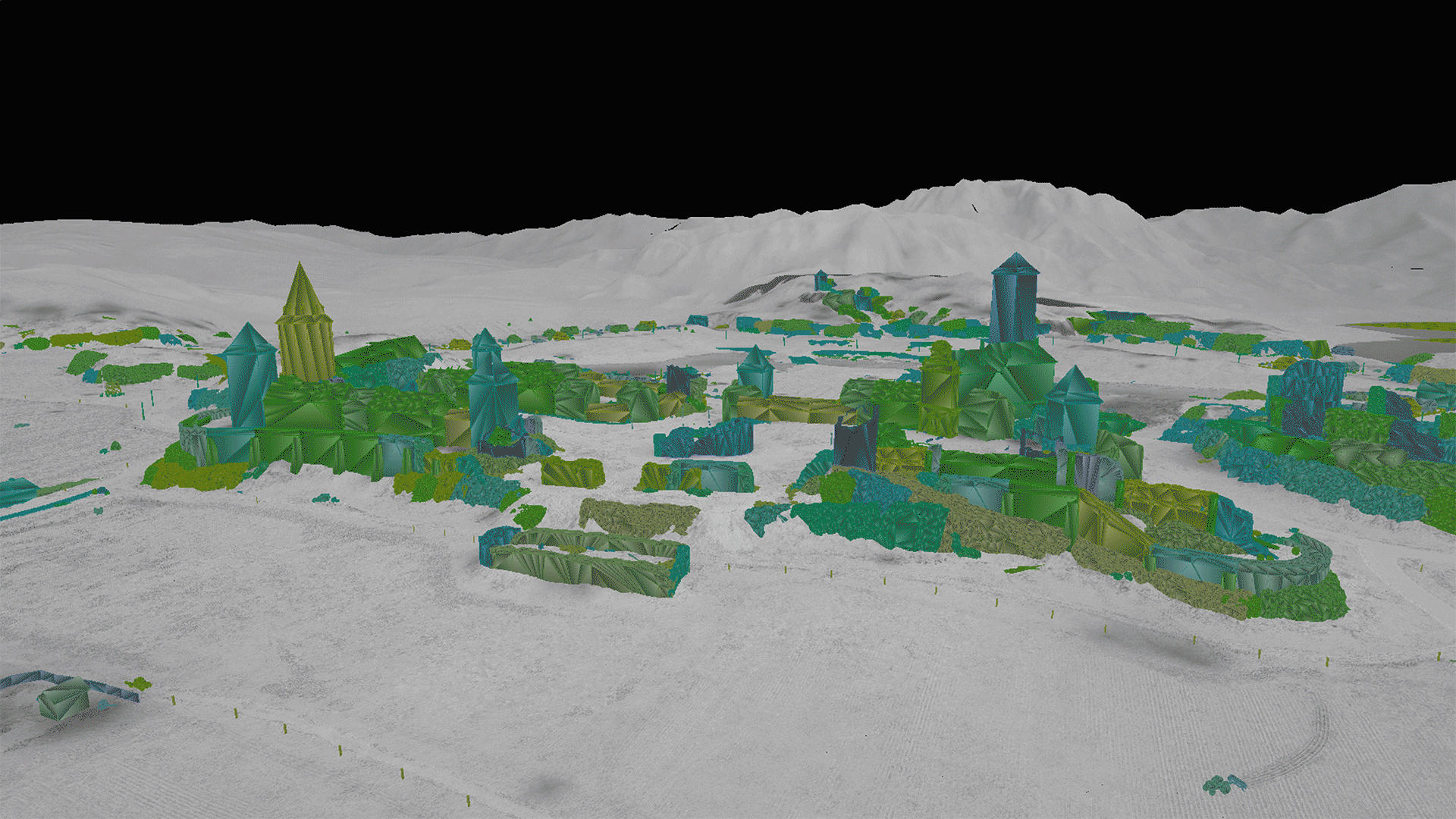
Small Town
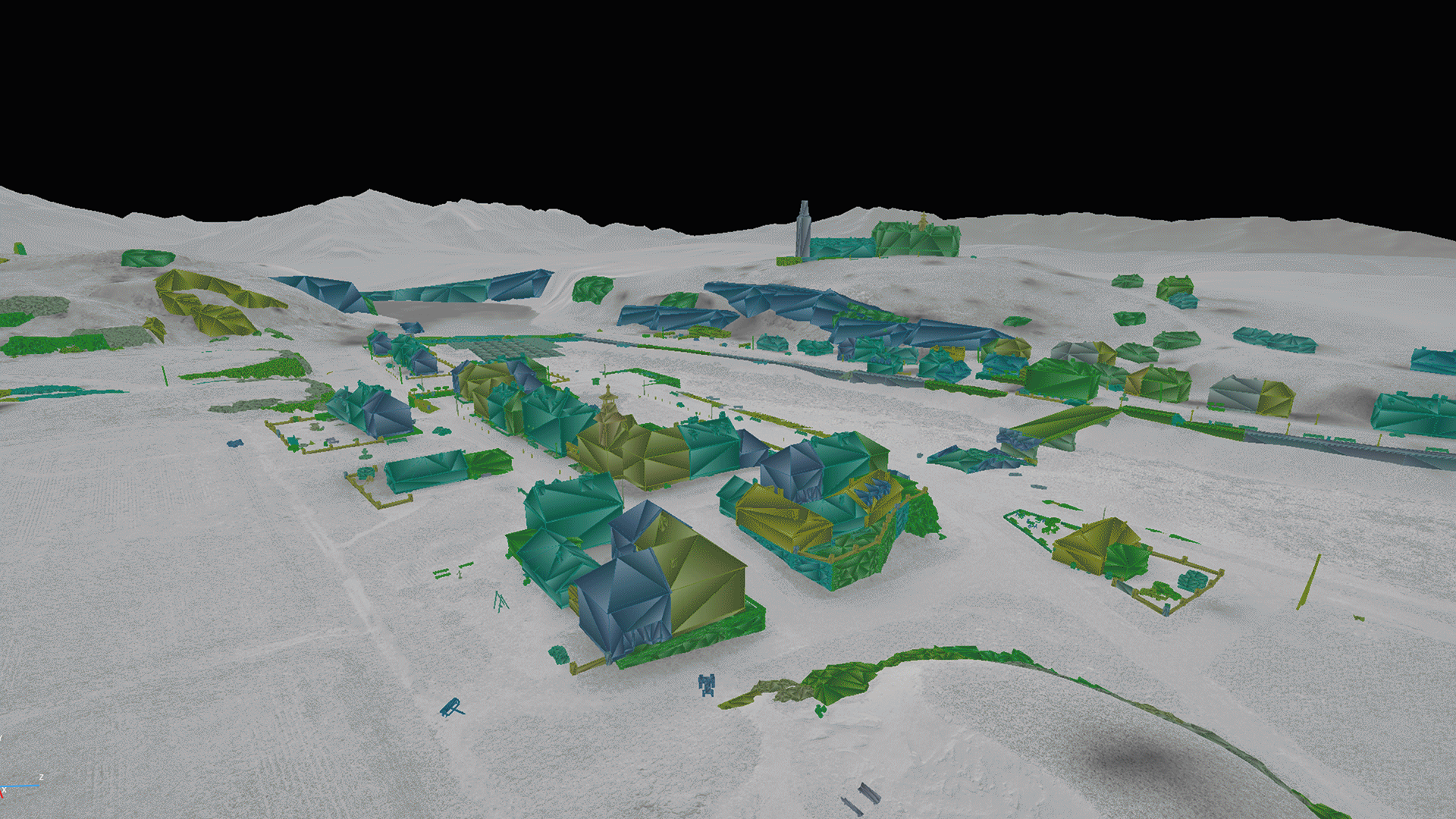
Q: How was work on Outpost carried out? Which were the important stages? The key changes in particular.
A: It all started with the stage of testing the prototype on the supertest where the map scored one of the best results. After that, some gameplay changes were made to it, and the artists processed its appearance for release as part of the Recon Mission mode.
Initially, according to the idea of the level designer, the town by the river was designed as a defensive point. On the far side of the river were knocked out tanks of the attackers. The bridge was blown up to contain the enemy's crossing. The town itself and the field behind it were initially on fire and in ruins, showing that the city was defending.
At first, we even created color coding of zones. The right part of the map is on fire and destroyed. The left part of the map is a calm and untouched nature with hills and a small swamp. This made it easier to navigate.
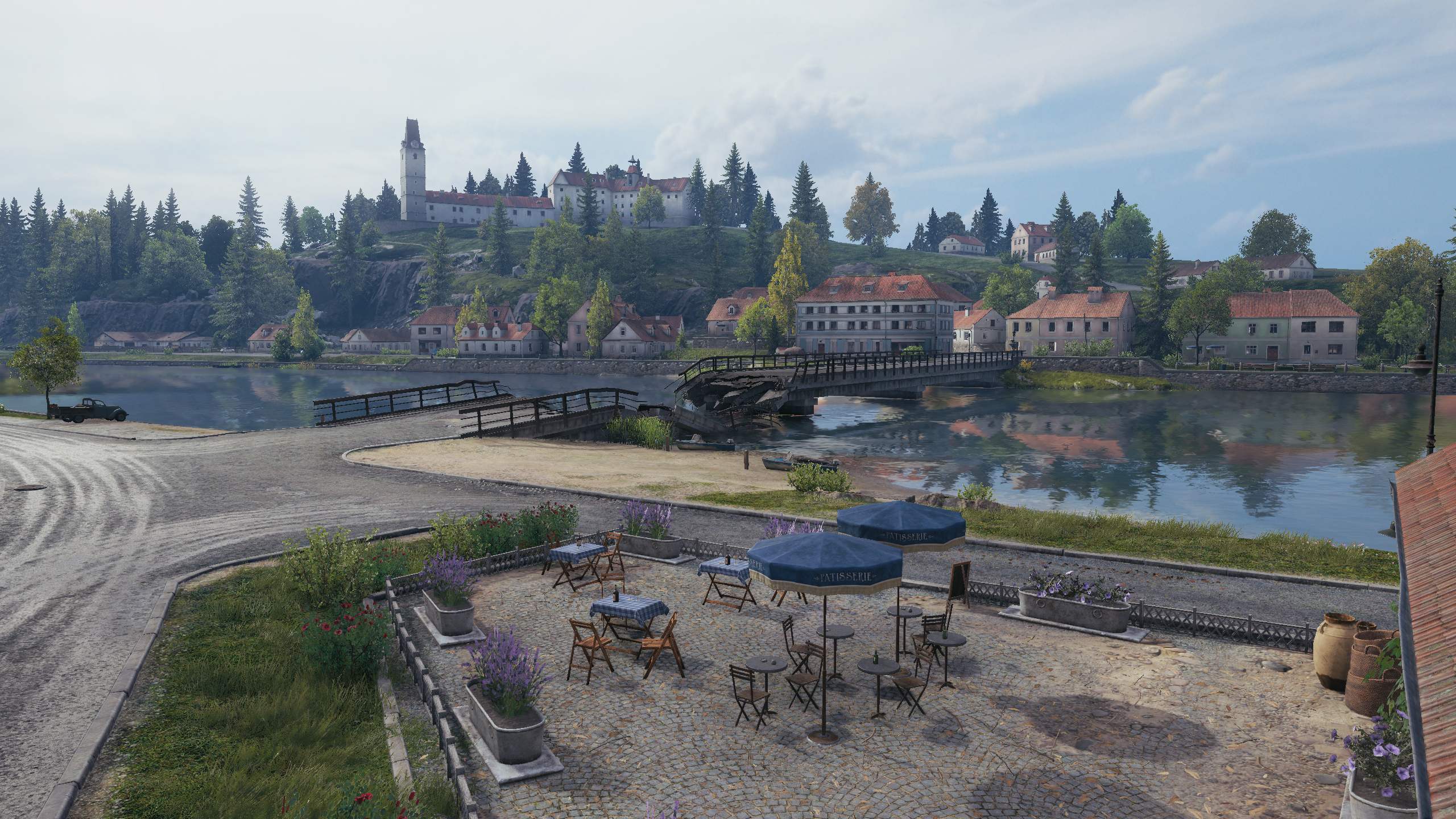
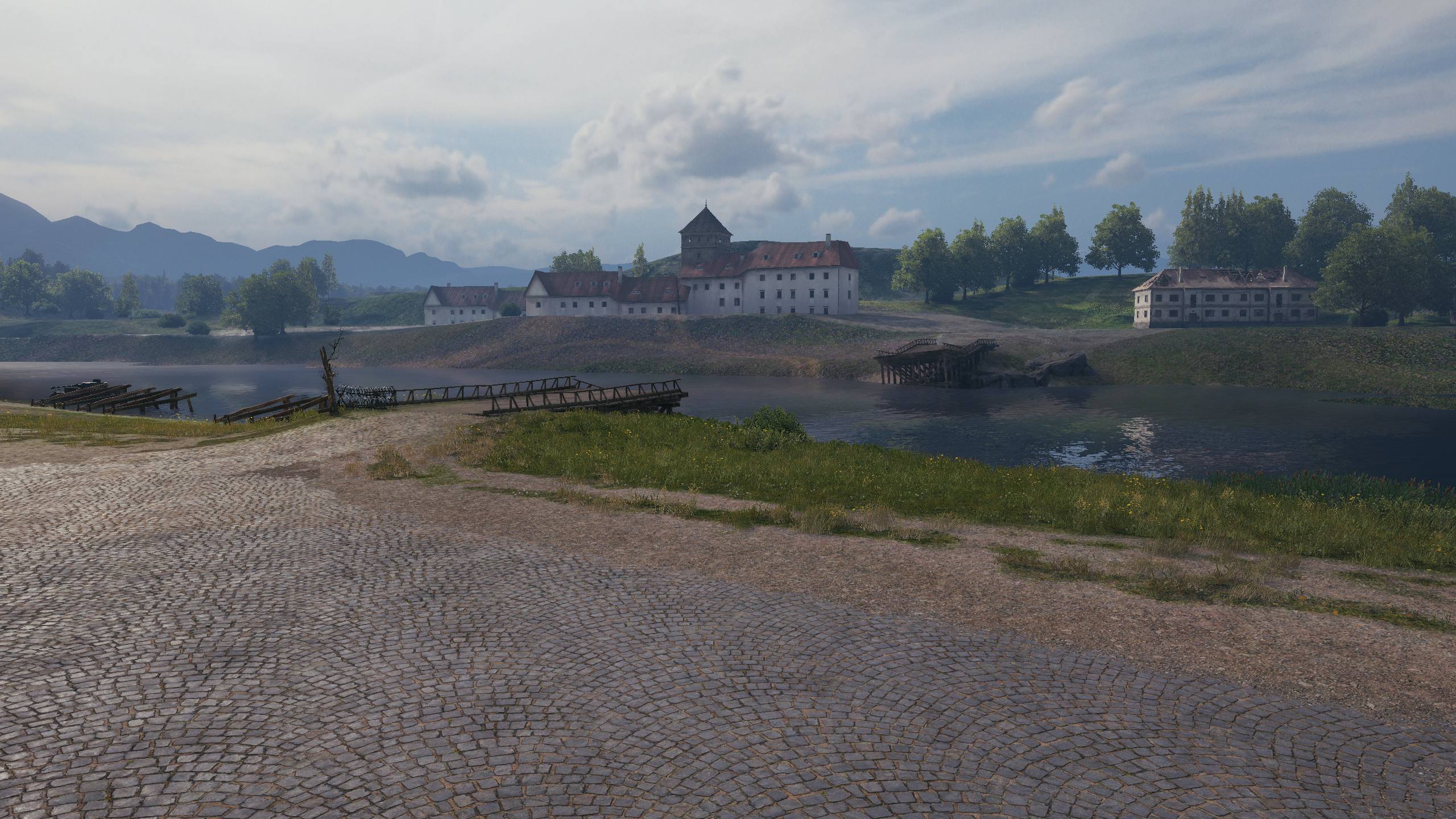
A reference with wide anti-tank trenches also came in handy. We expanded them a little to allow us to move around these trenches on a tank. Thanks to this, we have created additional ways of convergence from the heavy tank zone to the center of the map and back.
Also, in the play area there were two lakes and a river and we decided to support and develop this theme by adding more extensive floods of the river on one flank and it turned out to be a rather picturesque corner.
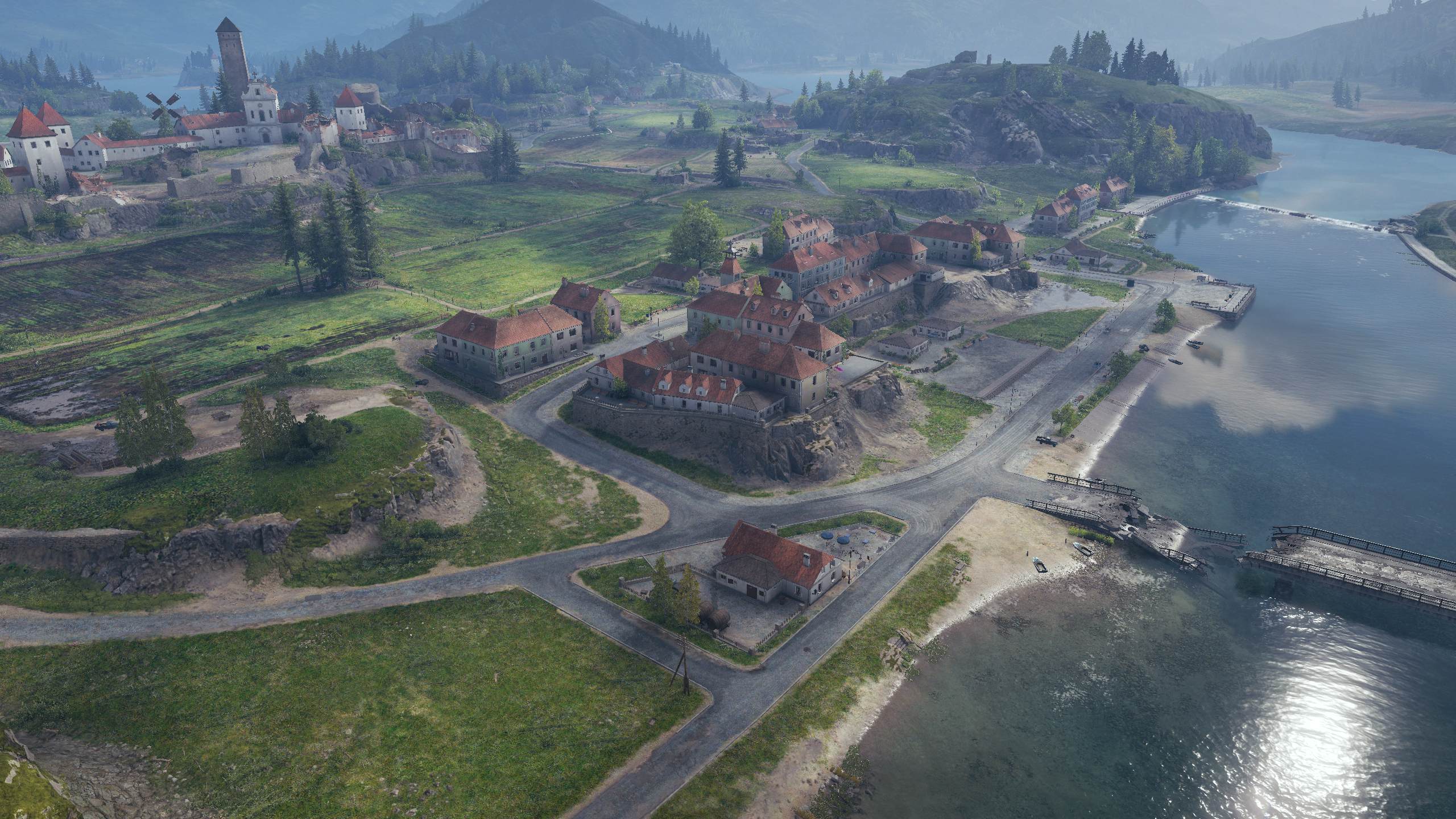
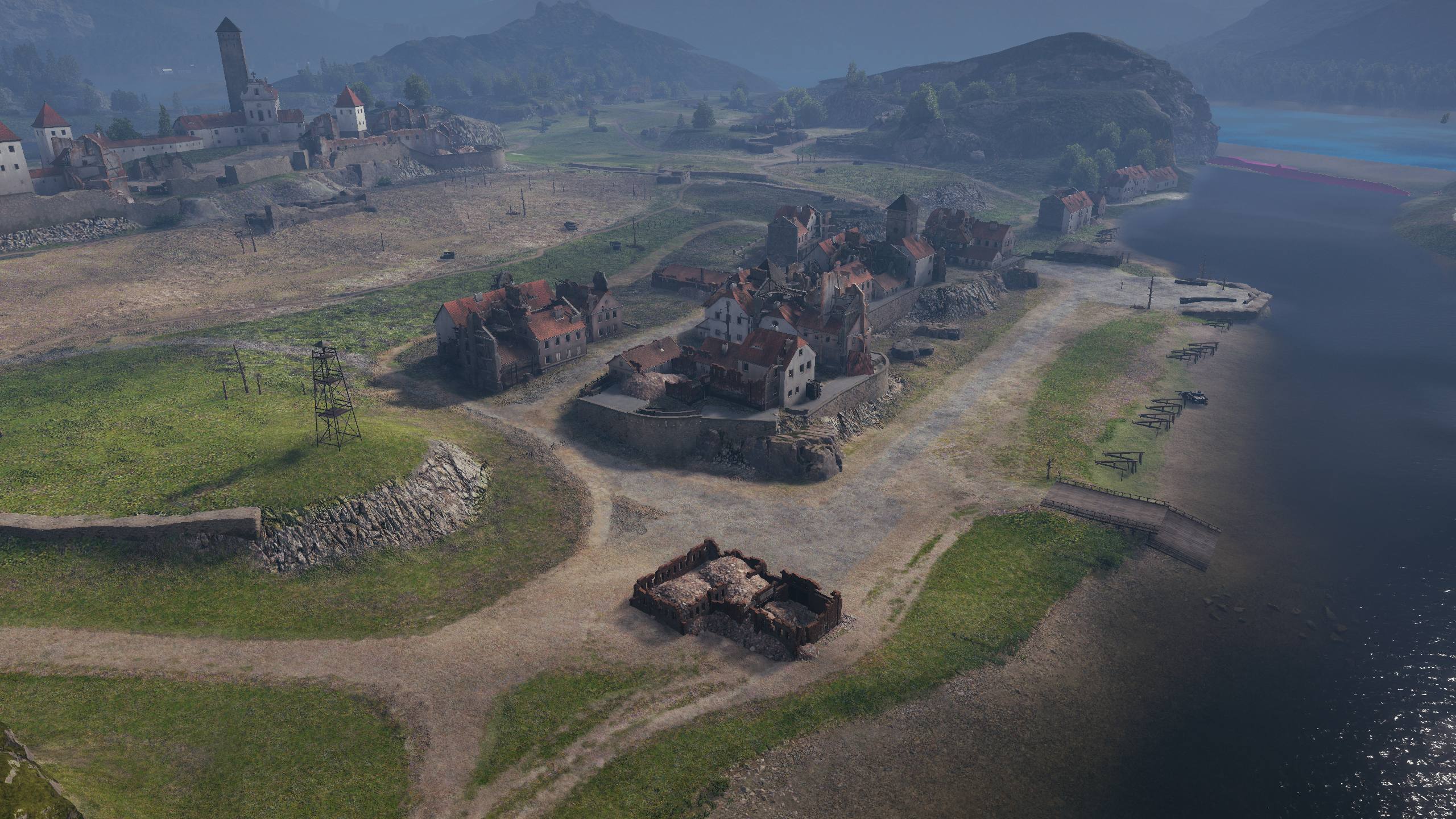
After summarizing the results of Recon Mission, gameplay changes were applied to the map and artistic processing began. The initial theme of the map had to go, so new models and textures were created using photogram measurement technology. New effects and animations were created for the map. After finishing the artwork, a supertest was held again for the gameplay's final test.
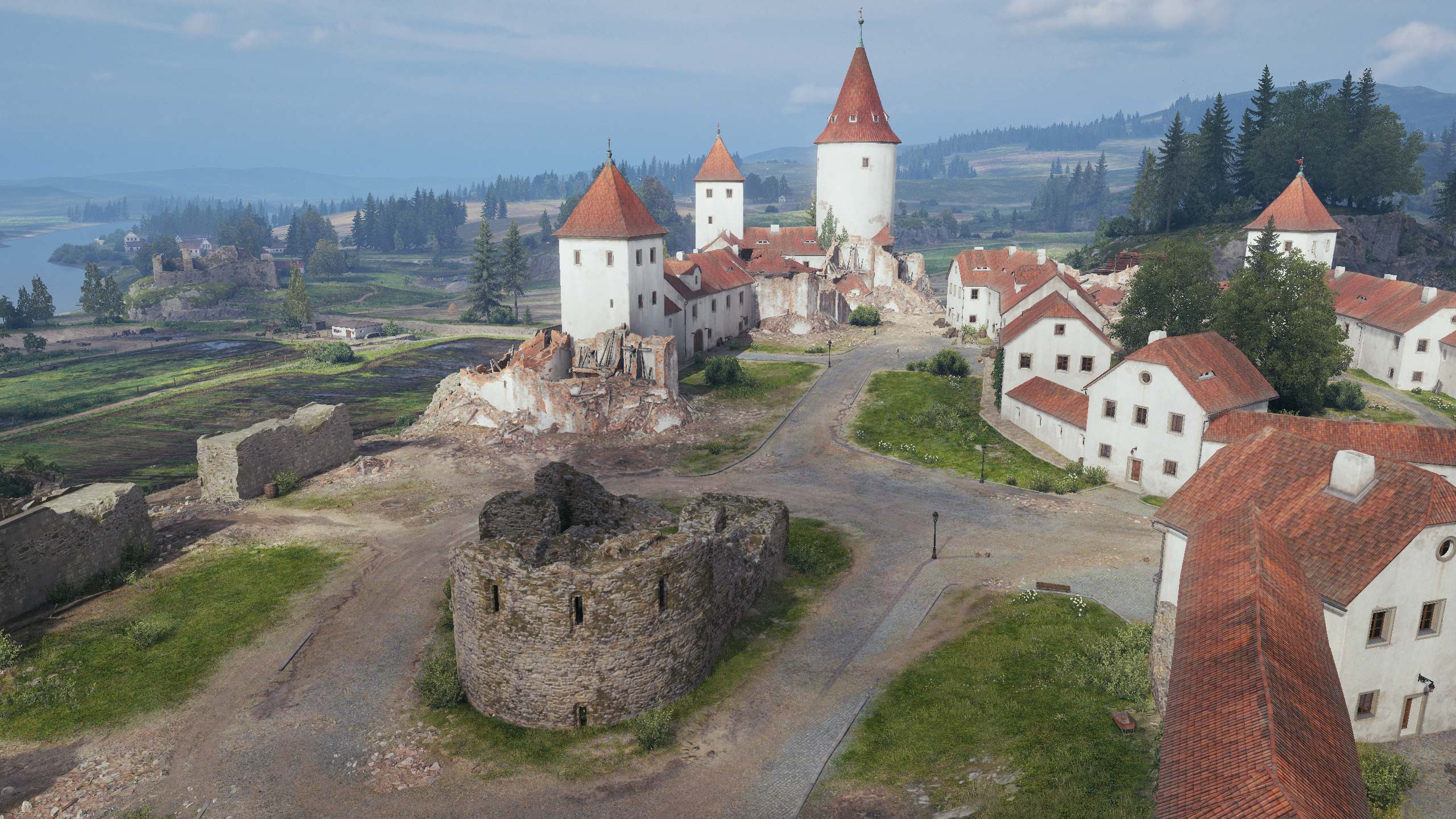
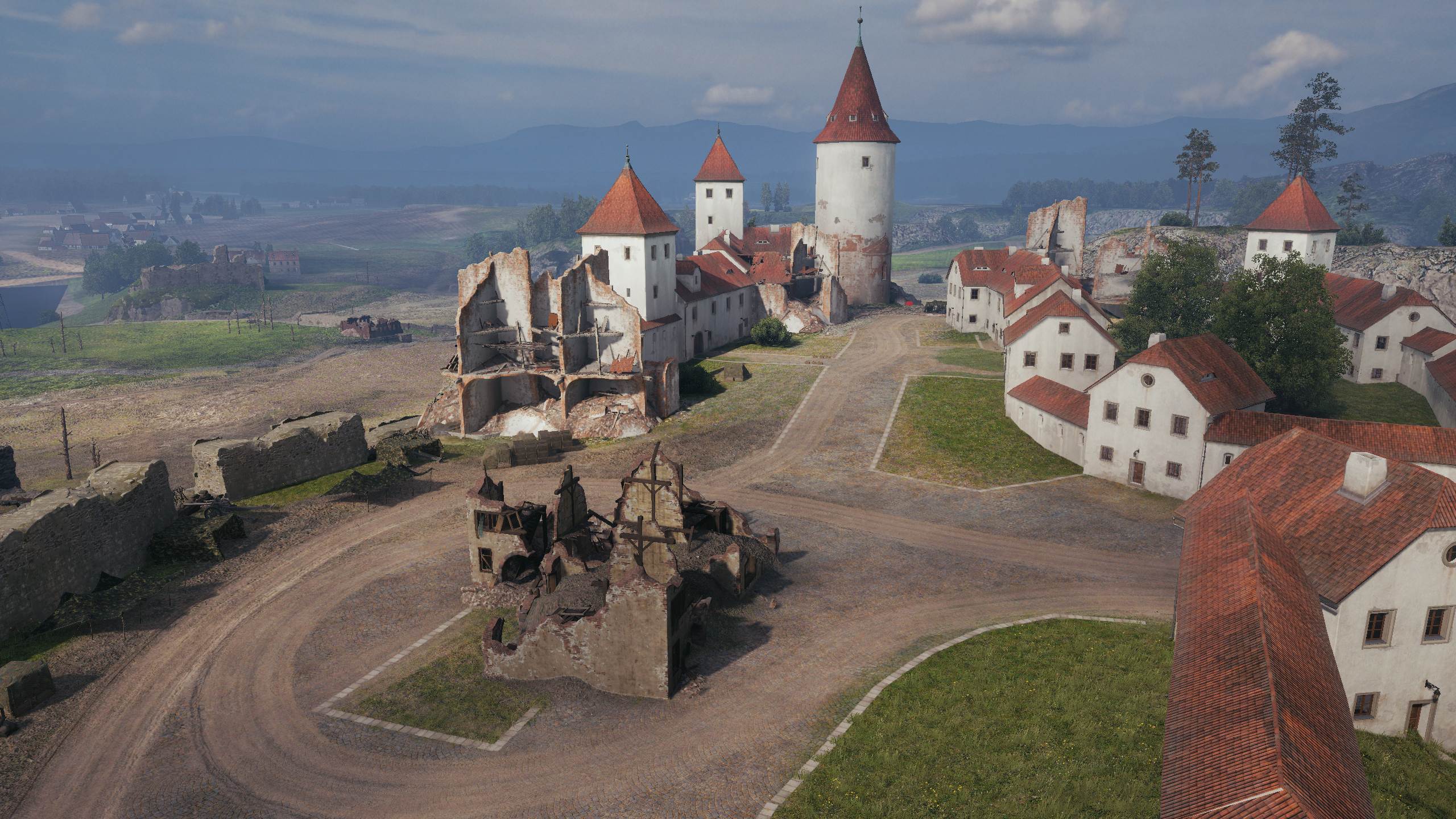
Q: What role did feedback play in creating of this map?
A: We collected information about the perception of the latest maps issued, as well as about rebalancing and redesigns from different sources - results of Recon Mission, questionnaires, forum, videos, and comments on streaming platforms. Moreover, the feedback was not only provided by players, but also by game designers. We studied what types of shelters and positions players like and tried to embody them on the new map.
Our main tasks were to make it easier for players to navigate through the map, so that the players understand the main directions of movements, easily read the surface (hills, lowlands, plains), understand where the shelters are, and enjoy the beautiful scenery.
However, in many cases, there are certain requirements and rules for creating points of interest and forming a front line on maps. For example, the field acts as a naturally dangerous obstacle for players. This is a necessary element on this map. But this forces them to specially-prepared points of interest. By building a city in its place with a large number of driveways and streets, we would simply facilitate a significant spread of the distribution of vehicles, which would lead to a kind of chaos and the absence of a front line as such.
At the same time, the field makes it possible for the real MVP to shine and situationally (mainly in the second stage of the battle) serves as a place of rapid reoccupation if the enemy does not control it. Thanks to this, the gameplay connection between the city and the central part of the map is preserved in the form of available shooting opportunities.
A ridge of stones were removed to make it easier for vehicles to navigate.
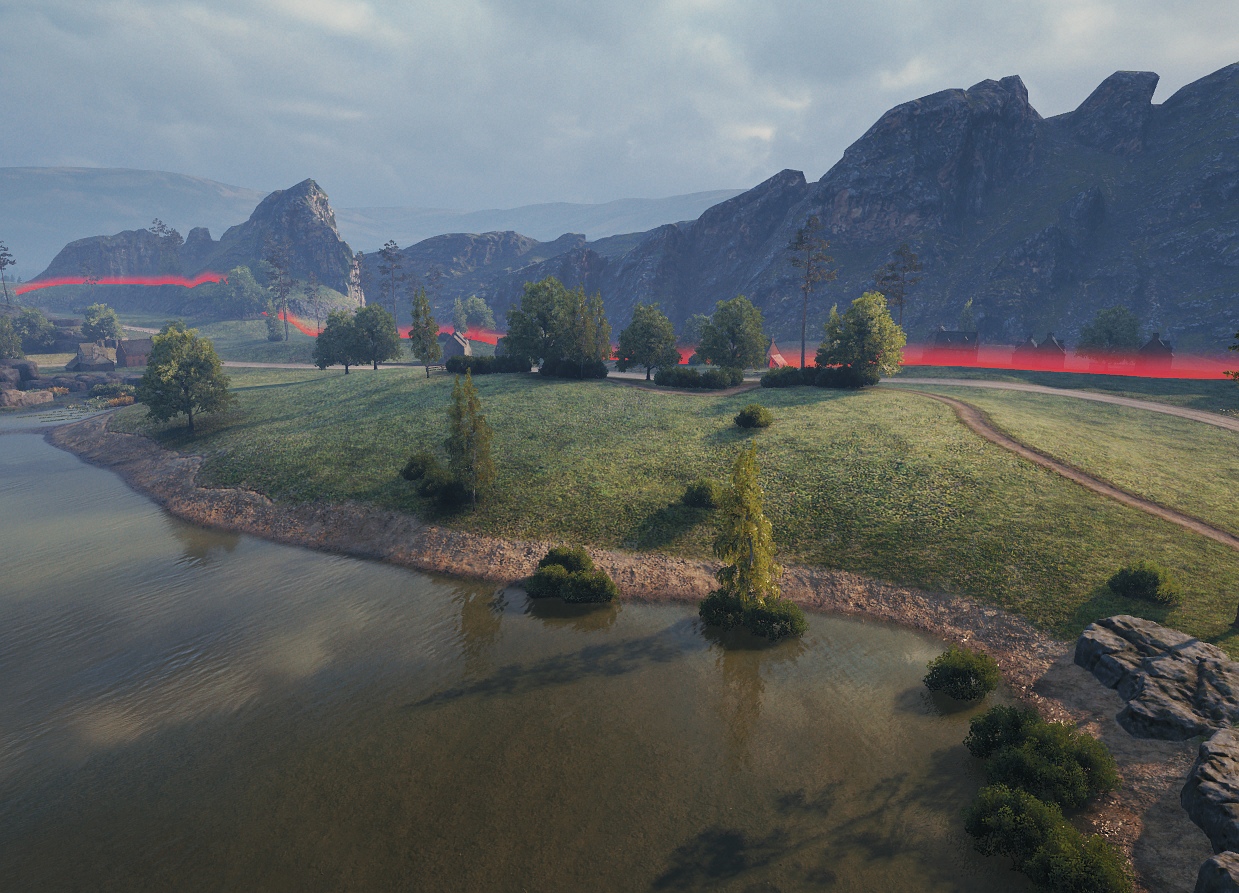
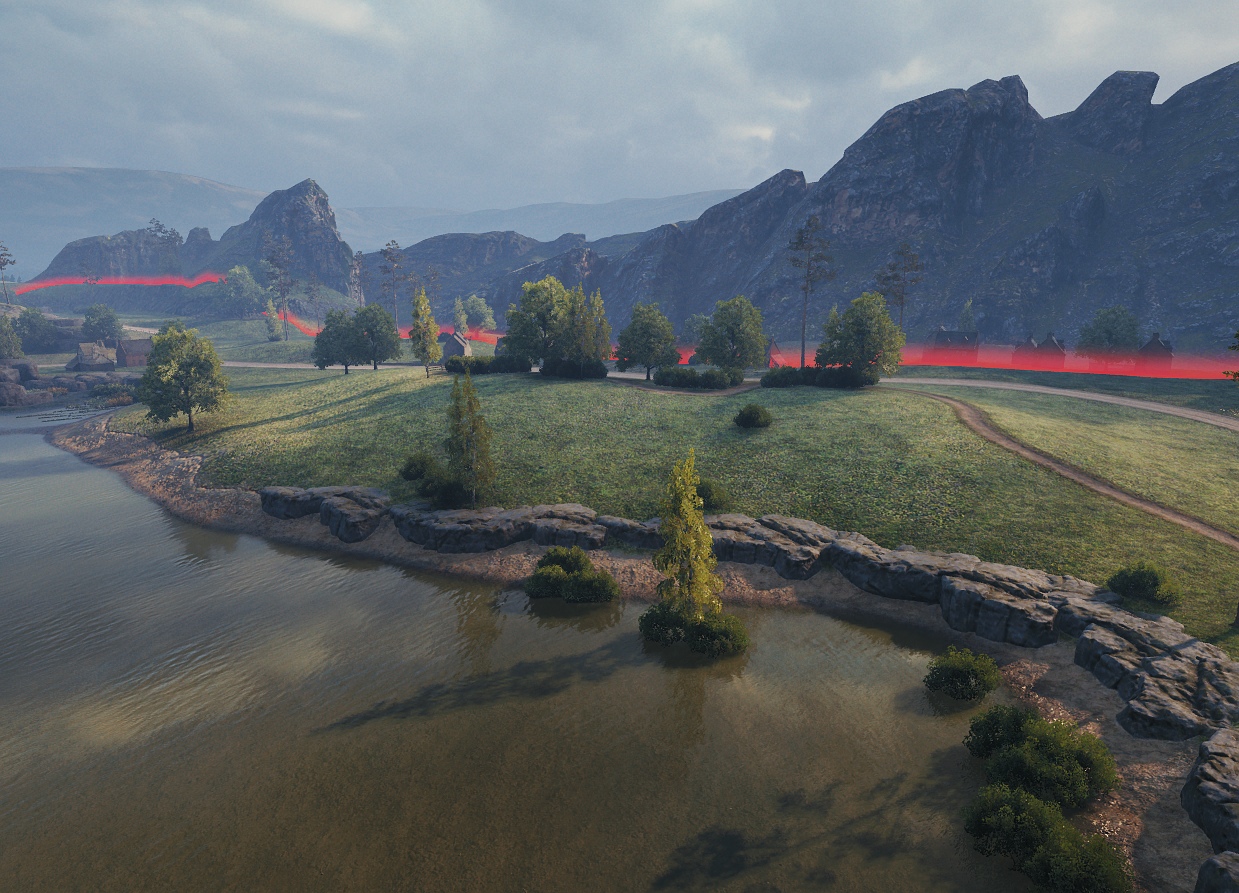
A part of the barricades was removed because it prevented players from going towards the center of the map.
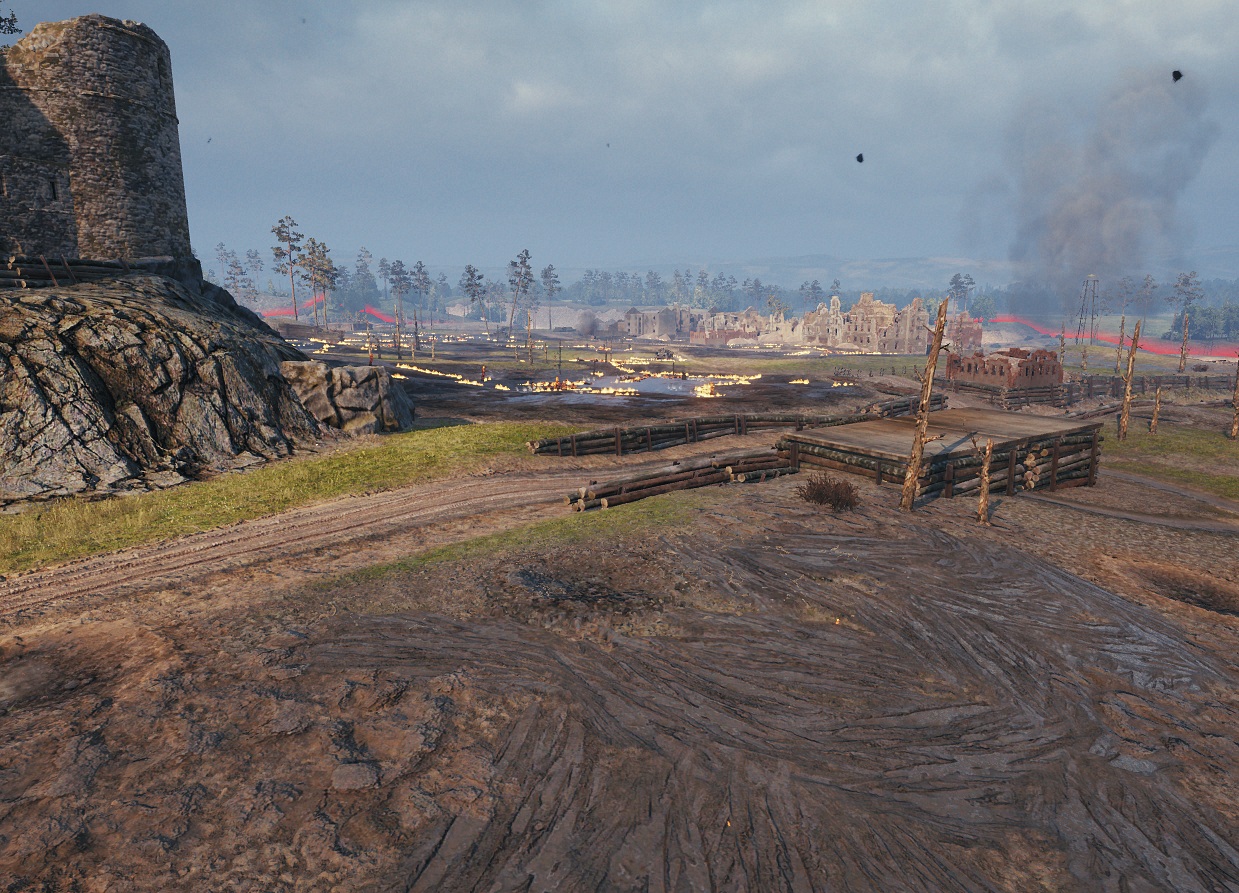
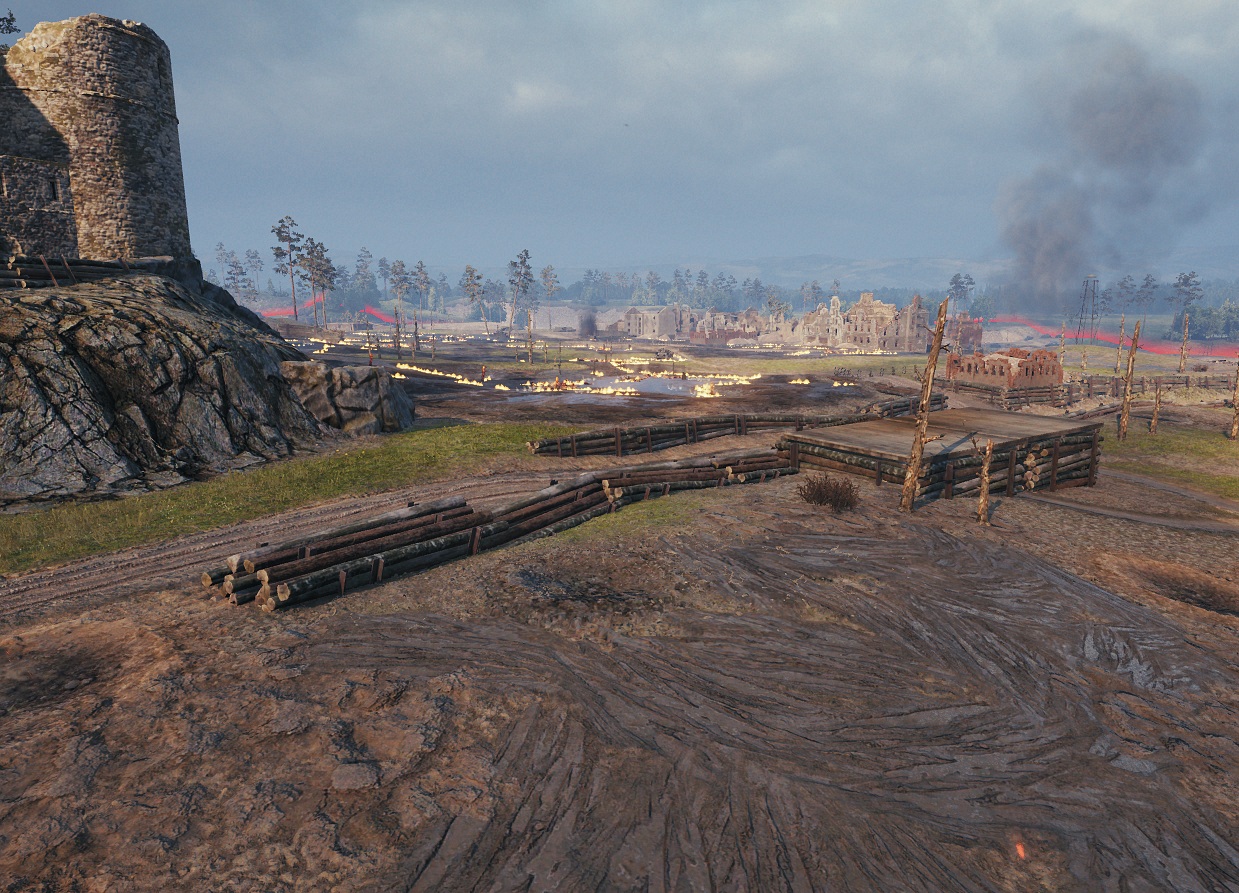
The shape of objects were changed to minimize shooting from the castle.
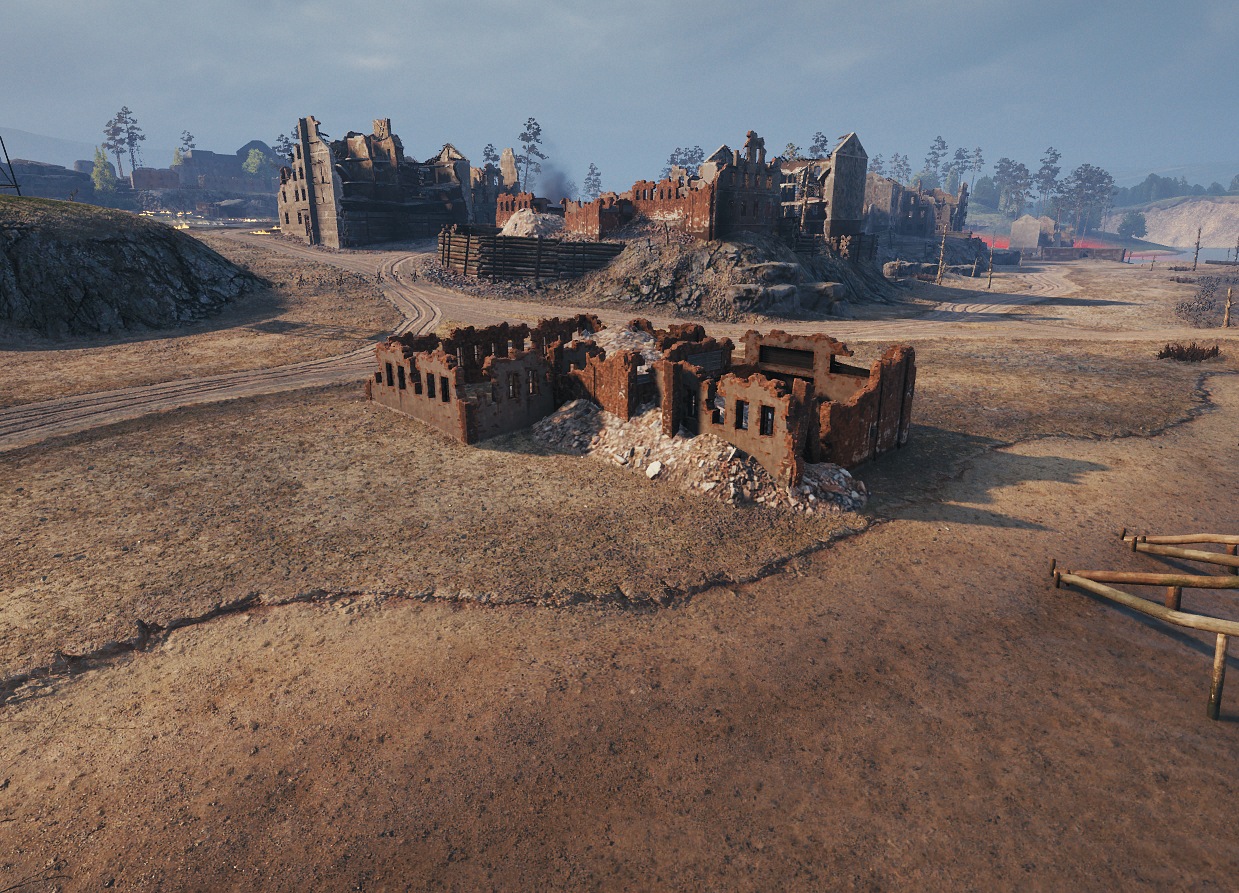
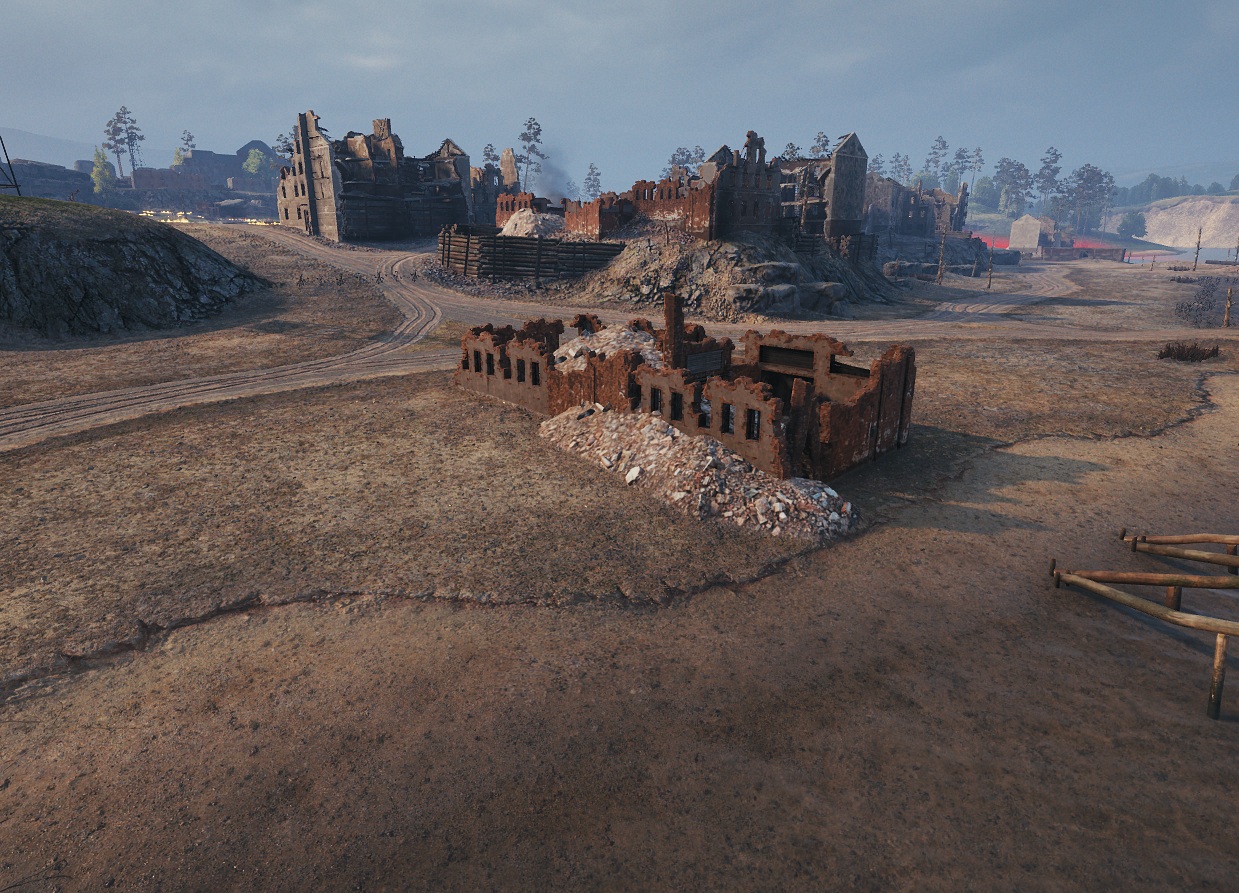
Q: What were the tough moments faced during implementation, and how did the team overcome them?
A: The main and most difficult task that we face when creating maps is the need to balance the effectiveness of five different classes on the map. After all, they very much influence one another. It is important to let players experience that there are opportunities to earn bragging rights when they use any vehicle class.
Also, at some point, the map turned out to be very beautiful, but very demanding in terms of the system requirements for the PC. We had to remove some animations and objects so that players would not have technical difficulties during the game.
Q: How did you ensure the fairness and balance of the map for both teams?
A: First, we tried to create similar positions on both sides. Then, we constantly studied heatmaps and balanced the maps after testing the changes.
- Movement
- Deployment of Vehicles
- Directions of Shots
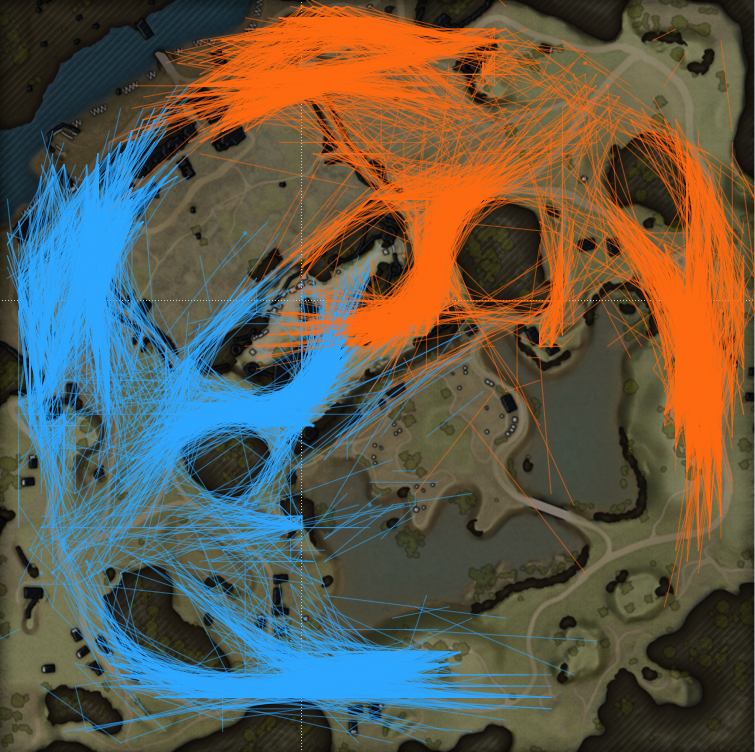
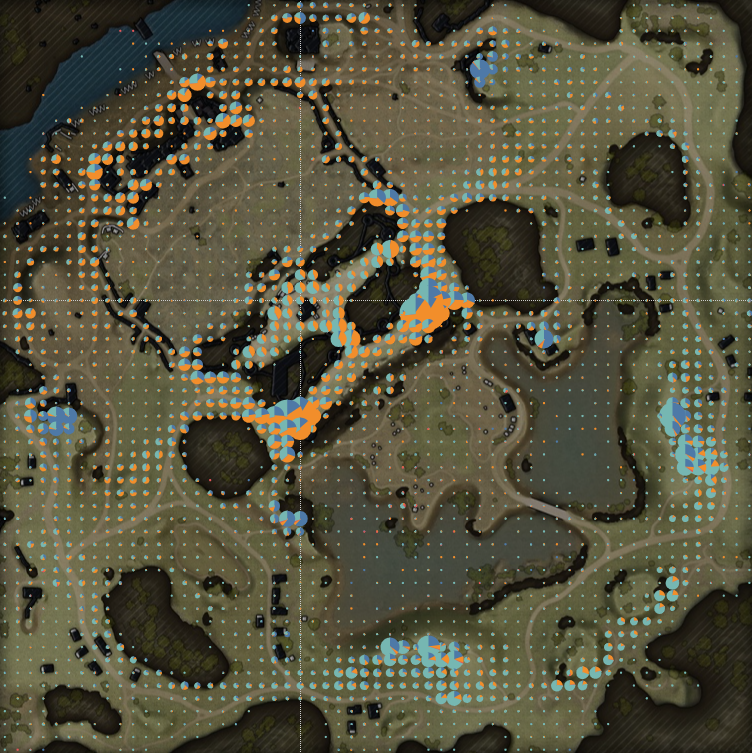
- Orange: Heavy Tanks
- Blue: Tank Destroyers
- Cyan: Medium tanks
- Pink: Light Tanks
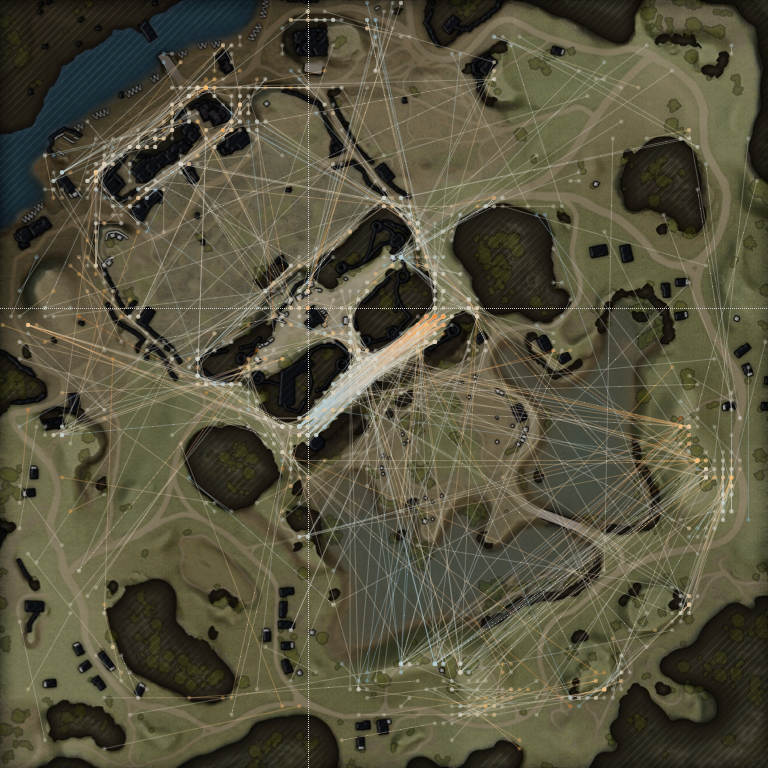
Learn and Conquer!
Now that we know the journey it took to get here, let's look at some of the interesting things about Outpost. Use these tips to dominate the battlefield now that this map has been released in Random Battles!














The urban area is suitable for playing in heavy tanks. This zone has two levels, making combat in this area dynamic and varied.


The castle on the hill is a risky direction, but if you hold your position there, it allows you to control almost the entire map.


A dangerous entrance to the territory of the castle. The terrain at the beginning provides positions for long-range shootouts, and the houses nearby provide cover from enemy fire and allow fighting only against the enemy vehicles right in front.


This is an open area that allows for maneuvering and long-range shots. It is suitable for lightly armored vehicles and vehicles with good gun depression/elevation angles.


Positions for long-range shooting. This hilly terrain, abundantly covered with foliage, is suitable for sharpshooting at enemy vehicles on the flanks, as well as for covering the allied positions.


Positions for long-range shooting. This hilly terrain, abundantly covered with foliage, is suitable for sharpshooting at enemy vehicles on the flanks, as well as for covering the allied positions.


Positions for long-range shooting. This hilly terrain, abundantly covered with foliage, is suitable for sharpshooting at enemy vehicles on the flanks, as well as for covering the allied positions.


Positions for long-range shooting. This hilly terrain, abundantly covered with foliage, is suitable for sharpshooting at enemy vehicles on the flanks, as well as for covering the allied positions.


Positions for long-range shooting. This hilly terrain, abundantly covered with foliage, is suitable for sharpshooting at enemy vehicles on the flanks, as well as for covering the allied positions.


Positions for long-range shooting. This hilly terrain, abundantly covered with foliage, is suitable for sharpshooting at enemy vehicles on the flanks, as well as for covering the allied positions.


The driveways along the fields allow for changing directions safely.


The driveways along the fields allow for changing directions safely.
Hear the Story
The Outpost soundtrack really highlights its location somewhere in “Central-to-Eastern” Europe. The theme is based on a traditional song called “Ederlezi” and it starts with solo vocals—in the WoT music team's vision, those of a young girl who holds an old music box and reminisces about her grandmother. The symphonic orchestra (especially the percussion section) and the folk choir spin this story into a powerful and moving tale. Take a listen!
Roll Out, Commanders!